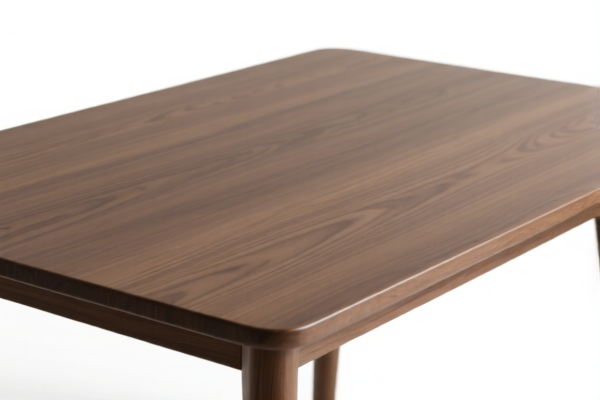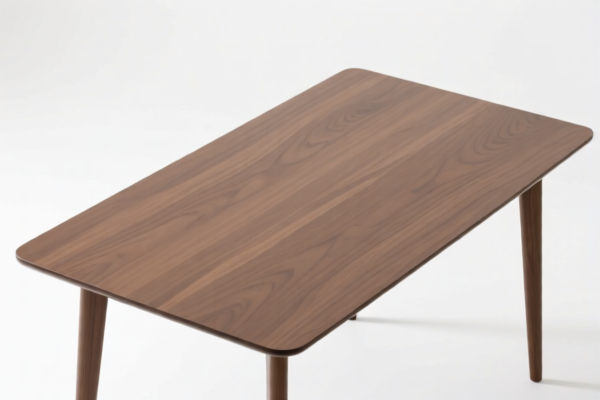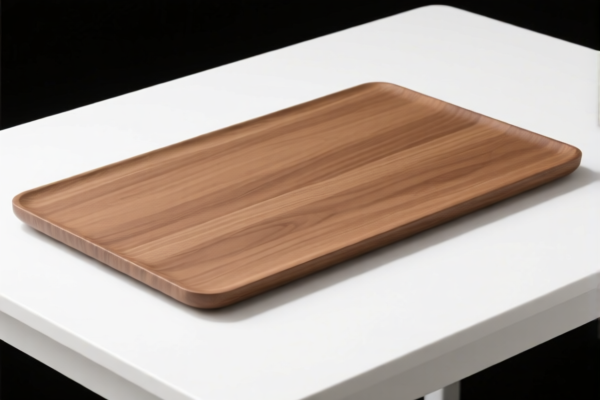| HS Code | Official Doc | Tariff Rate | Origin | Destination | Effective Date |
|---|---|---|---|---|---|
| 9402900020 | Doc | 30.0% | CN | US | 2025-05-12 |
| 9402900010 | Doc | 30.0% | CN | US | 2025-05-12 |
| 8304000000 | Doc | 33.9% | CN | US | 2025-05-12 |
| 9403608089 | Doc | 55.0% | CN | US | 2025-05-12 |
| 9403999061 | Doc | 55.0% | CN | US | 2025-05-12 |
| 3926901000 | Doc | 40.9% | CN | US | 2025-05-12 |
| 3926901000 | Doc | 40.9% | CN | US | 2025-05-12 |
| 3920930000 | Doc | 60.8% | CN | US | 2025-05-12 |
| 3920940000 | Doc | 60.8% | CN | US | 2025-05-12 |
| 6911108010 | Doc | 58.3% | CN | US | 2025-05-12 |
| 6911900050 | Doc | 42.9% | CN | US | 2025-05-12 |
| 6912005000 | Doc | 36.0% | CN | US | 2025-05-12 |
| 6912004810 | Doc | 39.8% | CN | US | 2025-05-12 |




Portable Table
A portable table is a table designed and constructed for easy transport and setup in various locations. These tables prioritize convenience and adaptability over the robust, fixed nature of traditional tables.
Material
Portable tables are constructed from a range of materials, selected for a balance of weight, durability, and cost. Common materials include:
- Aluminum: Lightweight and rust-resistant, frequently used for table frames and sometimes tabletops.
- Steel: Offers greater strength and stability than aluminum, often used for heavier-duty tables and folding mechanisms. May be coated to resist rust.
- Plastic (Polyethylene, Polypropylene): Very lightweight and affordable. Suitable for casual use and outdoor environments. Less durable than metal options.
- Wood (often plywood or MDF with laminate): Provides a more aesthetically pleasing appearance and a stable surface. Can be heavier and less weather-resistant than other materials.
- Combination Materials: Many tables utilize a combination of materials, such as an aluminum frame with a plastic or wood tabletop.
Purpose
The primary purpose of a portable table is to provide a temporary, readily available surface for a variety of activities. Common applications include:
- Events: Trade shows, conferences, fairs, and outdoor festivals.
- Camping & Picnics: Providing a stable surface for food preparation, dining, and games.
- Temporary Workspaces: Home offices, garages, or locations without permanent furniture.
- Dining: Outdoor dining, small apartment living, or as extra seating during gatherings.
- Crafts & Hobbies: Providing a workspace for painting, model building, or other activities.
Function
Portable tables function by providing a stable, level surface supported by a folding or collapsible frame. Key functional characteristics include:
- Portability: Designed to be easily carried and transported, often with handles or included carrying cases.
- Setup/Takedown: Feature mechanisms (folding legs, snap-on components) for quick and easy assembly and disassembly.
- Stability: Designed to remain stable under moderate weight and typical usage conditions. Stability is affected by frame design, leg locking mechanisms, and the tabletop material.
- Weight Capacity: Varies significantly depending on the materials and construction.
- Adjustability: Some models offer adjustable height settings.
Usage Scenarios
- Indoor Events: Setting up registration desks, information booths, or display areas.
- Outdoor Gatherings: Providing dining surfaces, food preparation areas, or game tables.
- Small Spaces: Utilizing a folding table as a temporary dining table or workspace in apartments or dorm rooms.
- Emergency Situations: Providing a temporary workspace for first aid or command centers.
- Garage/Workshop: Offering a temporary surface for projects or organization.
Common Types
- Folding Tables: The most common type, featuring legs that fold flat for storage and transport. Available in a wide range of sizes and materials.
- Camping Tables: Lightweight and compact, often with adjustable legs and carrying cases.
- Picnic Tables (Folding): Designed for outdoor use, typically with attached benches.
- TV Trays: Small, portable tables designed to hold a television or laptop.
- Adjustable Height Tables: Offer adjustable height settings for various uses and user preferences.
- Bistro Tables: Small, round or square tables often used for outdoor dining or cafes. May be folding or have detachable legs.
- Card Tables: Specifically sized for playing card games. Usually folding.
Portable tables can fall under several classifications depending on their material and specific features. Here's a breakdown of potential HS codes based on the provided information:
- 9403.60.80.89: This code covers “Other wooden furniture: Other”. This would apply to portable tables constructed primarily of wood, not specifically categorized elsewhere. The subheading indicates “Other” types of wooden furniture.
- 9403.99.90.61: This code refers to “Parts: Other: Other: Other Other: Of cotton, cut to shape”. If the portable table includes significant cotton components (e.g., a cotton tabletop covering), this code might be relevant.
- 6912.00.50.00: This code covers “Ceramic tableware, kitchenware, other household articles and toilet articles, other than of porcelain or china: Other”. If the portable table is made of ceramic materials (not porcelain or china), this code could apply.
- 3926.90.10.00: This code covers “Other articles of plastics and articles of other materials of headings 3901 to 3914: Other: Buckets and pails”. While not a direct match, if the portable table is constructed of plastic and resembles a bucket or pail in form, this code might be considered.
Regarding HS code 9403.60.80.89, please note that the table's wood type may be relevant for import regulations.
It is important to carefully consider the table's material composition and intended use to determine the most accurate HS code.
Customer Reviews
No reviews yet.